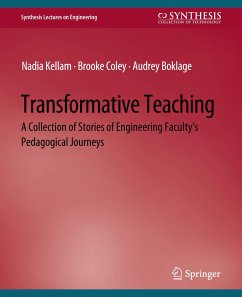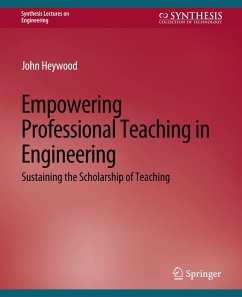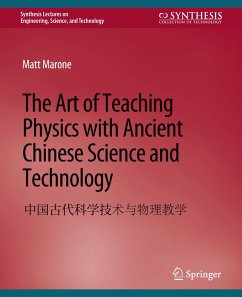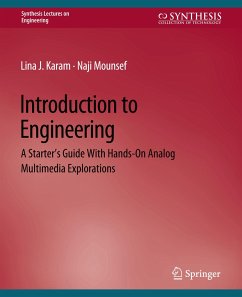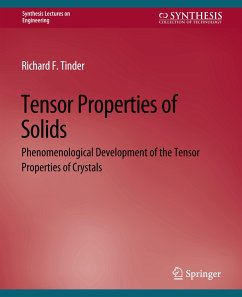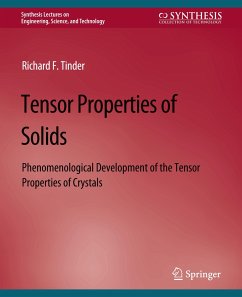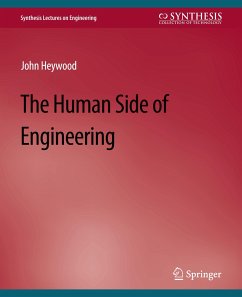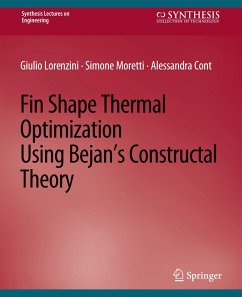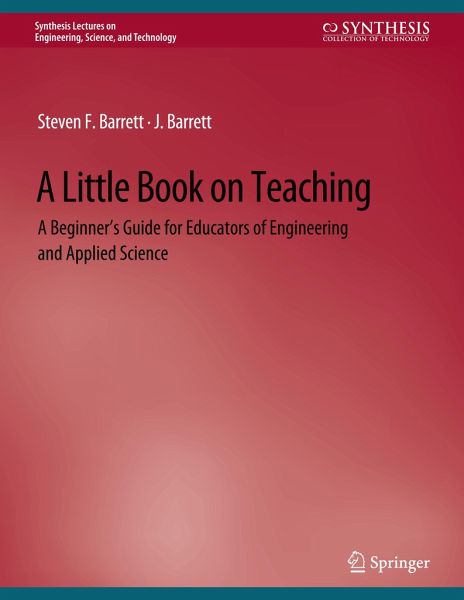
A Little Book on Teaching
A Beginner's Guide for Educators of Engineering and Applied Science

PAYBACK Punkte
0 °P sammeln!
It is often a challenging and overwhelming transition to go from being a student to being a teacher. Many new faculty members of engineering and science have to make this dramatic transition in a very short time. In the same closing months of your Ph.D. program you are trying to complete your research, finish and defend your dissertation, find a job, move to a new location, and start a new job as a faculty member. If you are lucky, you've had the opportunity to serve as a teaching assistant and possibly have taught a university-level course. If you have served as a research assistant, your tea...
It is often a challenging and overwhelming transition to go from being a student to being a teacher. Many new faculty members of engineering and science have to make this dramatic transition in a very short time. In the same closing months of your Ph.D. program you are trying to complete your research, finish and defend your dissertation, find a job, move to a new location, and start a new job as a faculty member. If you are lucky, you've had the opportunity to serve as a teaching assistant and possibly have taught a university-level course. If you have served as a research assistant, your teaching opportunities may have been limited. Somehow, in this quick transition from student to teacher, one is supposed to become a good teacher and be ready for the first day of school.This book is intended as a basic primer on college-level teaching and learning for a new faculty member of engineering and applied science. New faculty members in other disciplines will find much of the information applicable to their area of expertise as well. First and foremost, this book is about learning and teaching. However, it also provides helpful information on related topics such as mentorship, student challenges, graduate students, tenure, and promotion and accreditation.This book is also intended as a reference for seasoned professionals. It is a good reference for those mentoring the next generation of college educators.Table of Contents: List of Figures / What makes a Great Teacher? / A little learning theory / Preparation for the first day of classes / Assessment / Beyond the first day



